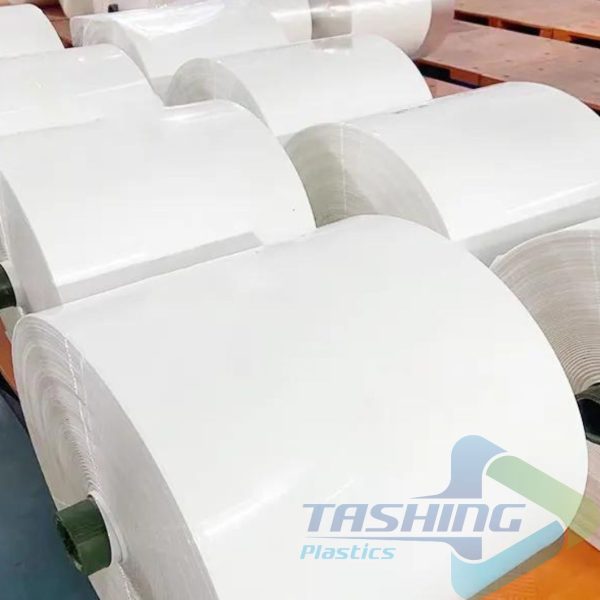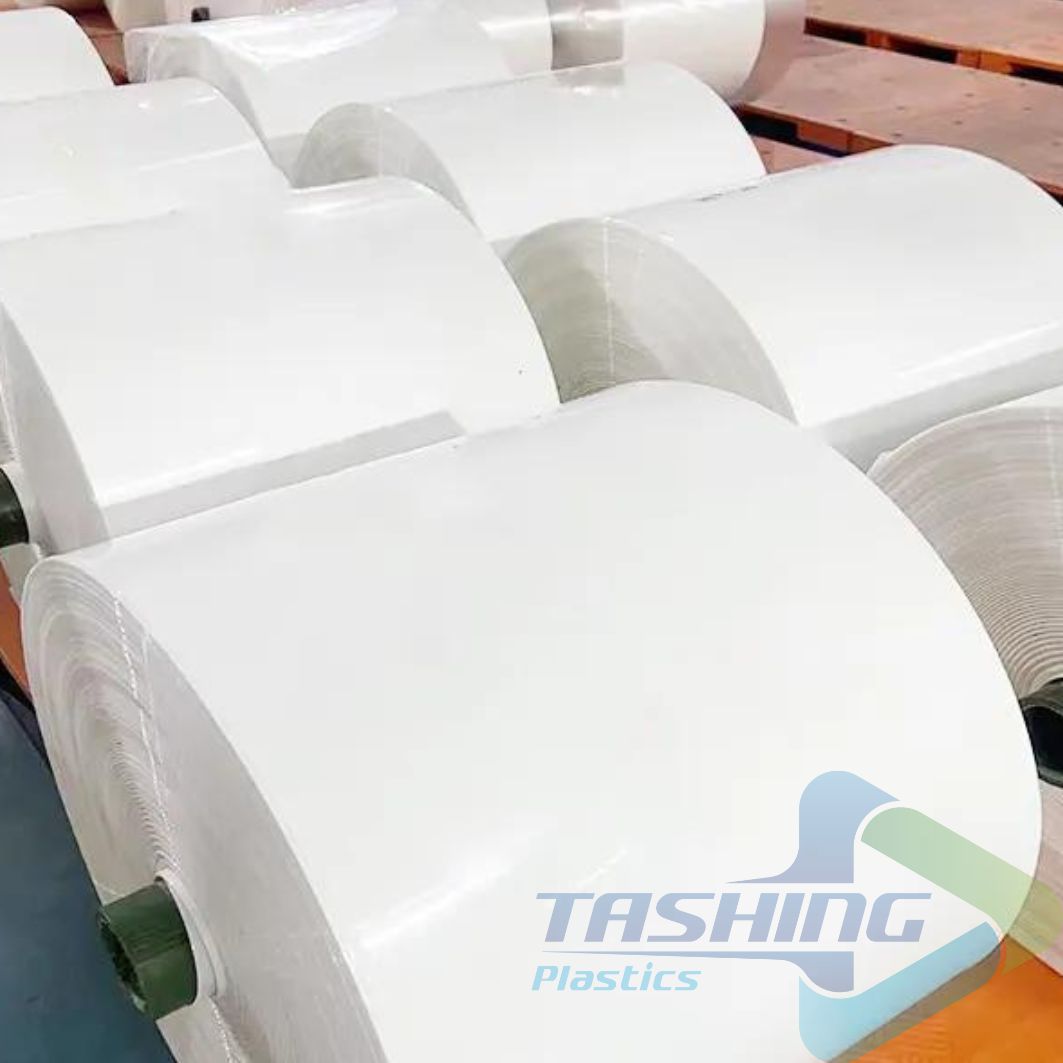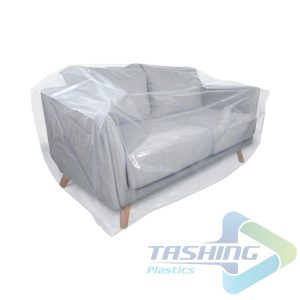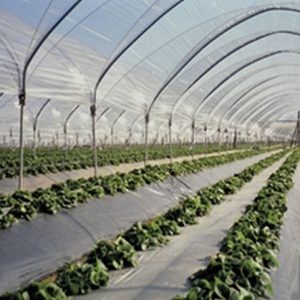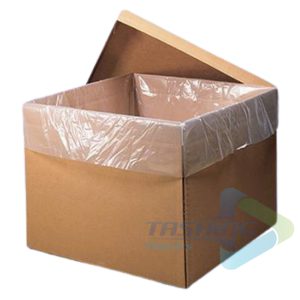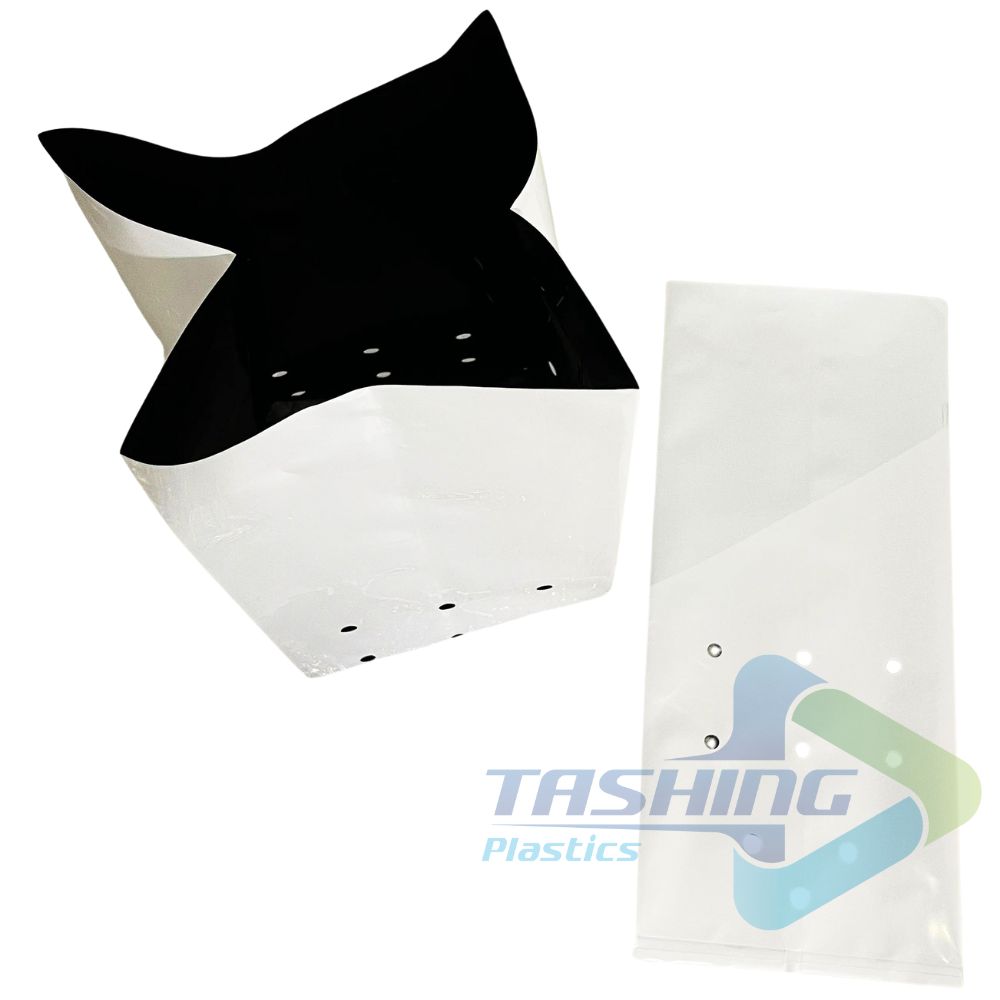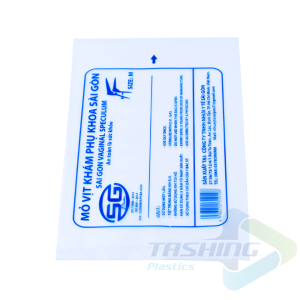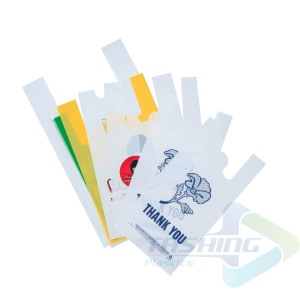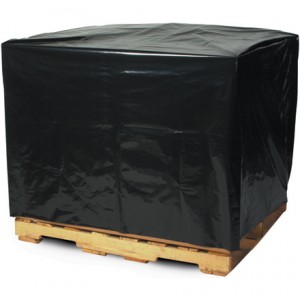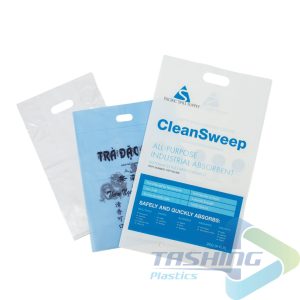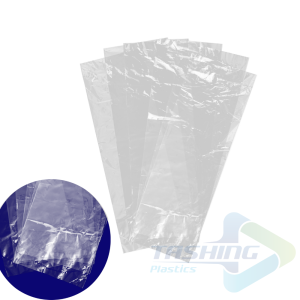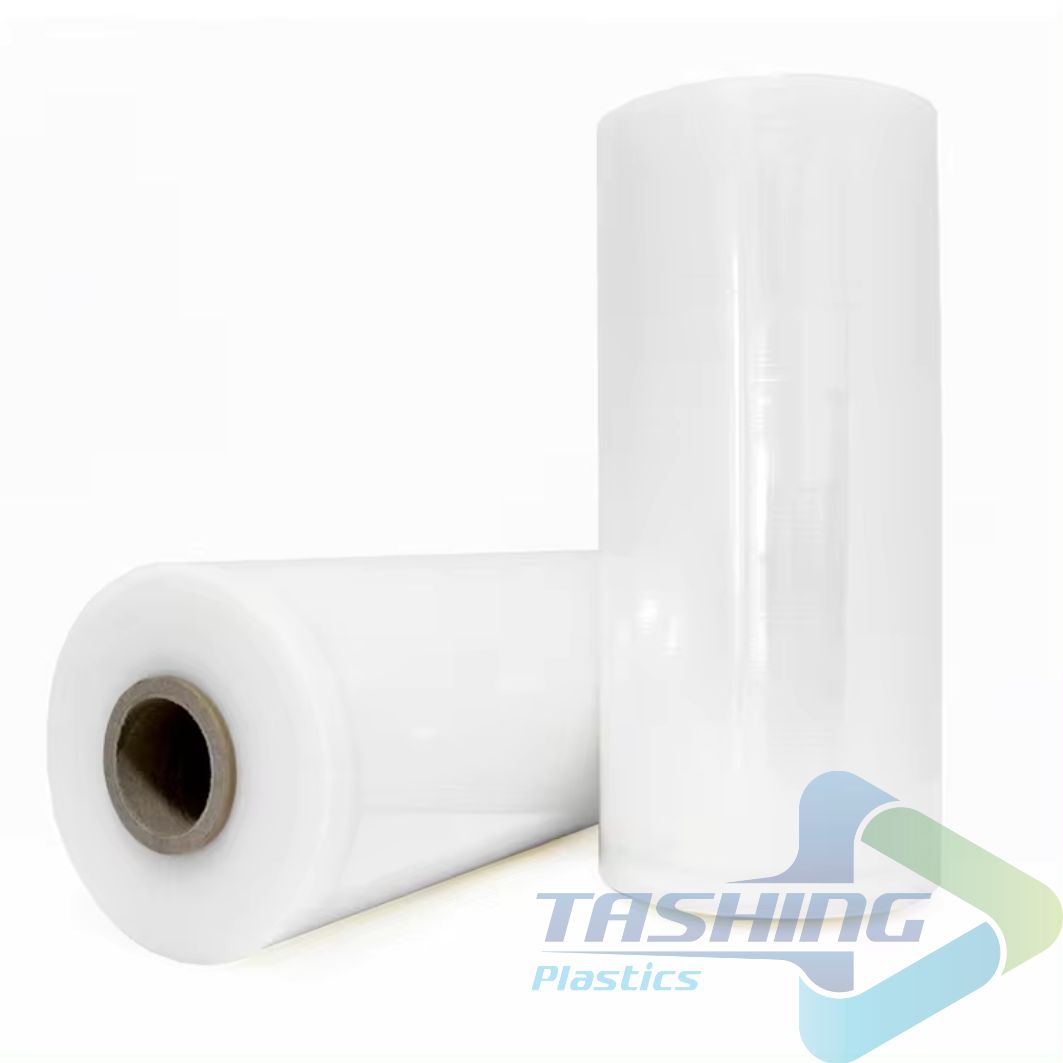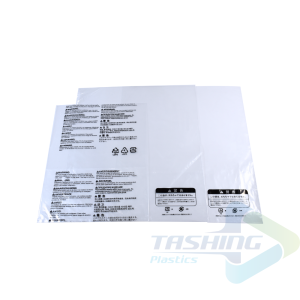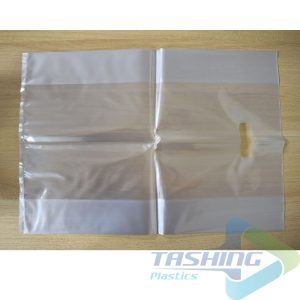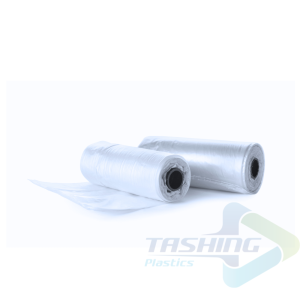HDPE film
Contact
| Attribute | Description |
|---|---|
| Function | Used for producing packaging in various industries such as food, chemicals, agricultural products, textiles, etc., or as a lining or protective wrapping material. |
| Material | Virgin High-Density Polyethylene (HDPE), Recycled HDPE |
| Size | Customizable upon request, available in roll form with various widths and lengths. |
| Thickness | Adjustable according to intended use, with precise control during the film blowing process. |
| Color | Customizable based on request, commonly in milky white or translucent. |
| Features | High durability and good tensile strength. Water-resistant, moisture-proof, and chemical-resistant. Temperature resistance from -40°C to 120°C. Lightweight, easy to transport and store. Printable surface for logos and branding. |
| Packaging | The film rolls are tightly packed, protected by plastic film or large outer bags, making them easy to transport and store. |
- Description
Description
HDPE film is a type of thermoplastic polymer made through the polymerization of ethylene. With its tightly packed molecular structure, HDPE film possesses high mechanical strength, making it not only durable but also easy to process into various shapes. This makes HDPE film highly suitable for the production of packaging materials, waterproof membranes, and many other products.
Additionally, HDPE film can be manufactured in various thicknesses, ranging from 0.01mm, 1mm, to 1.5mm, meeting a wide range of application needs. To produce high-quality HDPE film, the manufacturing process must strictly follow technical standards and quality control procedures.
In fact, HDPE plastic film is considered a thermoplastic material, meaning it can be melted and solidified repeatedly without altering its fundamental structure. This characteristic provides flexibility in both production and application, allowing HDPE film to be formed into many different shapes to meet specific usage requirements.

The Widespread Applications of HDPE Film in Daily Life
HDPE film offers flexible applications across various aspects of modern life, meeting the increasingly diverse needs of people.
From simple uses such as plastic food bags and food wrap, to more complex applications like HDPE liners in construction, HDPE film has proven its important role in product preservation, waterproofing, environmental protection, and improving quality of life.
The popularity of HDPE film can be attributed to its outstanding properties. HDPE film is highly durable, waterproof, UV resistant, chemical resistant, and recyclable. These advantages have made HDPE film widely used in packaging, manufacturing, construction, and many other industries.
For example, in agriculture, HDPE film is used as agricultural mulch to retain soil moisture, suppress weeds, and protect crops from pests. In the construction industry, HDPE film is used as a waterproofing membrane to prevent water infiltration and protect structural integrity from damage.
HDPE Film Production Process
The production of HDPE film is a complex process that involves several stages to ensure product quality and consistency.
Raw Materials
The primary material used to produce HDPE film is high-density polyethylene (HDPE), typically supplied in pellet form. These pellets undergo various processing steps before being transformed into film. Additionally, additives may be incorporated to enhance the film’s properties, such as UV resistance, improved durability, or surface smoothness.
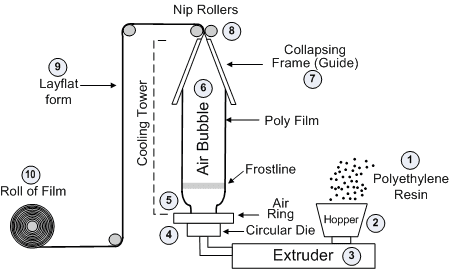
The Importance of Raw Material Selection
Selecting the right raw materials is crucial, as they directly affect the quality and durability of HDPE film. Therefore, manufacturers typically implement thorough inspection and evaluation processes to assess raw material quality before production begins.
Main Stages of HDPE Film Production
The HDPE film manufacturing process generally includes the following main stages:
- Melting the raw material: Polyethylene pellets are melted at high temperatures to transform them into a liquid state.
- Extrusion: The molten mixture is then fed into an extruder, where it is formed into thin film sheets.
- Cooling: The freshly extruded film is rapidly cooled to retain its shape and dimensions.
- Cutting and packaging: Finally, the HDPE film is cut to the required sizes and packaged for delivery to customers.
Quality Control in HDPE Film Production
Quality control in the production of HDPE film is a critical factor in ensuring that the product meets technical standards, fulfills user requirements, and is safe for human health.
Quality control is implemented throughout the entire production process, from raw material inspection to final product testing.
- Raw material quality control: Monitoring the quality of raw materials such as ethylene and additives is essential. These materials must meet standards for purity, composition, and other relevant properties.
- In-process quality control: During production, technical parameters such as temperature, pressure, flow rate, and others are closely monitored to ensure consistent film quality.
- Final product inspection: After production, HDPE film products undergo quality testing based on technical criteria, including thickness, tensile strength, water resistance, heat resistance, chemical resistance, and other relevant standards.
Implementing strict quality control in HDPE film production is vital to deliver high-quality products that meet customer needs and contribute to public health protection.
Outstanding Advantages of HDPE Film
HDPE (High-Density Polyethylene) film offers several exceptional advantages over other types of plastic films, contributing to its widespread applications across various industries.
Excellent Water and Moisture Resistance
- One of the most prominent advantages of HDPE film is its superior resistance to water and moisture.
- The tightly packed molecular structure of HDPE film limits the penetration of water, moisture, and other liquids.
- This excellent waterproofing ability makes HDPE film ideal for applications requiring high water resistance, such as HDPE liners for reservoirs, waterproof membranes in construction, and agricultural covers.
- HDPE waterproofing film is particularly effective in preventing the infiltration of groundwater, rainwater, and moisture into structures, protecting building integrity from environmental damage.
- In the food industry, HDPE film is favored for food wrap due to its moisture resistance. HDPE food wrap prevents exposure of food to air, moisture, and bacteria, helping to keep food fresh for longer.
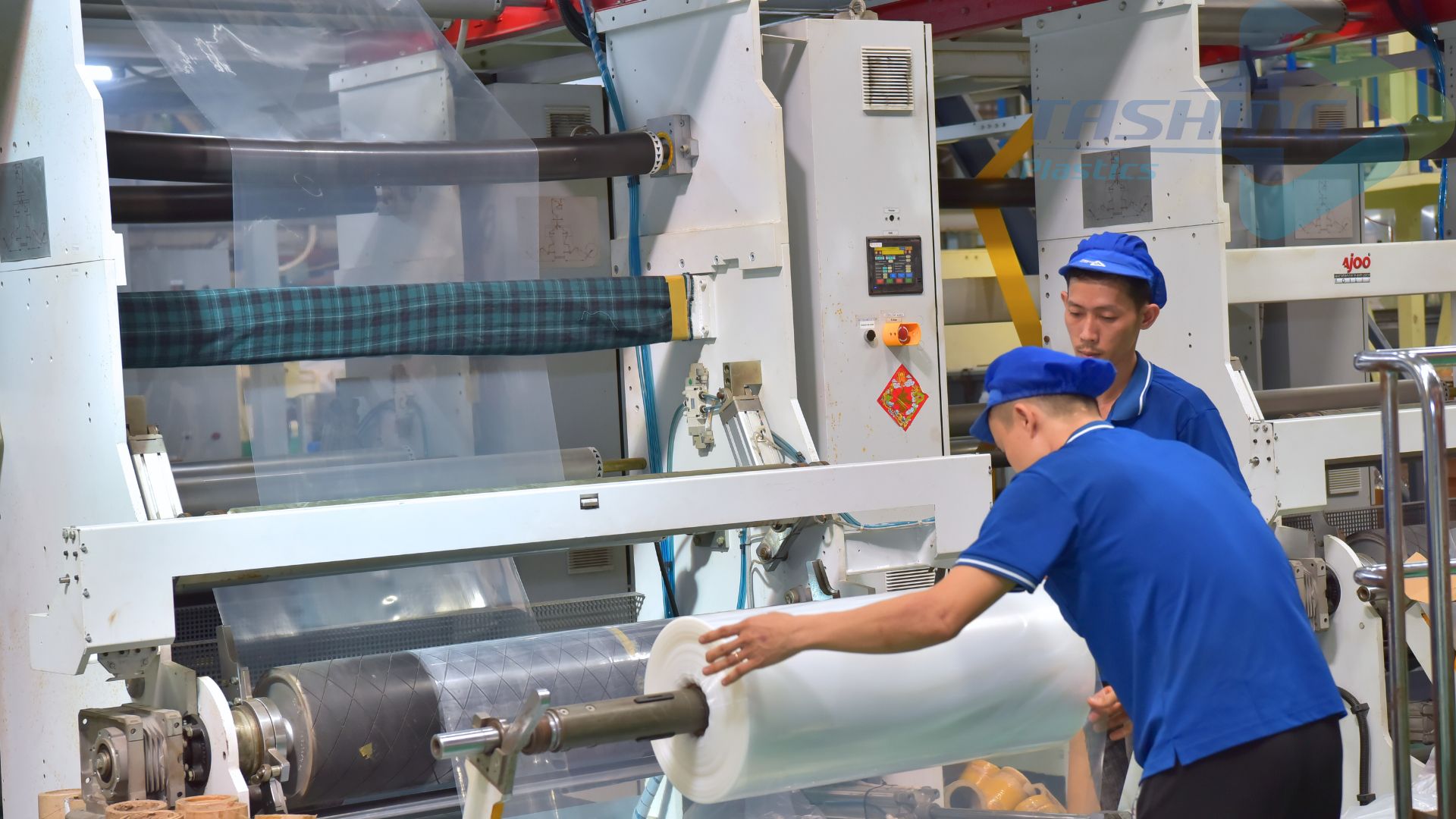
High Mechanical Strength
- HDPE film is well-known for its high strength, including excellent tensile, tear, and abrasion resistance.
- Its strength is attributed to the tightly bonded polymer chains that form a durable structure.
- HDPE film can withstand strong impacts and does not easily tear or deform under pressure.
- Its durability makes it suitable for applications that require high strength, such as liners for chemical tanks or packaging for heavy products.
- HDPE film also has good impact resistance, protecting contents during transportation and storage.
Heat and Chemical Resistance
- HDPE film can withstand a wide range of temperatures, from low to high.
- It can resist temperatures up to 80°C without deformation or loss of quality.
- Thanks to this heat resistance, HDPE film is suitable for applications involving elevated temperatures, such as liners for hot water tanks or use in food processing industries.
- Additionally, HDPE film offers excellent chemical resistance, enduring exposure to various chemicals, acids, and alkalis.
- This makes it ideal for lining chemical tanks, and storing chemicals or solvents, contributing to environmental safety and human health protection.
Lightweight and Easy to Transport and Install
- Compared to other materials of similar size and thickness, HDPE film is lightweight.
- This reduces transportation and installation costs while minimizing structural load.
- Its lightweight nature also simplifies handling and installation, especially in complex construction sites.
- The flexibility of HDPE film in both manufacturing and application is another advantage. It can be produced in various sizes and thicknesses to suit different uses.
Disadvantages to Consider
Despite its many strengths, HDPE film also has a few limitations users should be aware of:
Flammability at High Temperatures
- Although it has good heat resistance, HDPE film can ignite when exposed to high heat sources.
- When burned, HDPE film releases toxic substances that may pose health and environmental hazards.
- Caution should be taken when using HDPE film in environments with fire or explosion risks. Keep it away from heat sources and open flames.
UV Exposure Weakens Film
- Prolonged exposure to sunlight can cause UV degradation, making HDPE film brittle and more prone to cracking.
- To minimize this effect, UV-resistant HDPE film should be used, and direct sun exposure should be limited.
Applications of HDPE Film in Packaging
HDPE film is widely used in packaging to meet product preservation and protection needs across various industries.
Food Packaging
- HDPE film is used to make plastic bags for food, ranging from supermarket bags to fresh produce bags.
- These bags are durable, water- and oil-resistant, helping to keep food fresher for longer.
- HDPE film is also used as food wrap, protecting food from dust, bacteria, and external factors.
- This ensures food hygiene and contributes to improved consumer health and quality of life.
Industrial Product Packaging
- HDPE film is used for packaging chemicals, fertilizers, detergents, etc.
- Its moisture resistance and strength help protect products from humidity and physical damage.
- It is also used in shrink film and roll packaging for environmental protection and improved product presentation.
Shipping Packaging
- HDPE film is used to wrap goods for transport, offering impact, scratch, and moisture resistance.
- This reduces the risk of damage during transit and ensures products reach consumers in top condition.
Applications in Construction & Environmental Protection
Beyond packaging, HDPE film plays a vital role in construction, environmental protection, agriculture, and aquaculture.
Construction Waterproofing
- HDPE film is widely used as a waterproofing solution in various construction projects.
- It is applied to swimming pools, basements, roofs, and underground structures to prevent water infiltration and protect structural integrity.
- It reduces maintenance and repair costs while ensuring user safety.
Environmental Protection
- HDPE film is essential in waste management and environmental protection.
- It is used to line waste ponds, landfill covers, and wastewater treatment systems, preventing leakage and protecting water and soil resources.
- Its recyclability also reduces plastic waste and environmental impact.
Agriculture & Aquaculture
- In agriculture and aquaculture, HDPE film is used for mulch films and pond liners.
- HDPE mulch retains soil moisture, controls weeds, and protects crops from pests—boosting crop yields.
- HDPE pond liners prevent contamination, maintaining clean water for aquatic animals and supporting their health.
- Its waterproofing, durability, and affordability make HDPE film a popular choice in these sectors.
Benefits of Using HDPE Film in Packaging
Using HDPE film in packaging provides significant advantages for businesses and consumers:
- Effective Product Preservation: Its resistance to moisture, bacteria, and contaminants helps preserve product quality, color, and taste over time.
- Customizable Sizes and Designs: HDPE film can be produced in various sizes and shapes to match different products, minimizing waste and maximizing material usage.
- High-Quality Printing: Logos, images, and product information can be printed sharply and durably, enhancing product appearance and brand recognition.
- Cost-Effective: Compared to other materials, HDPE film is relatively affordable, helping businesses lower packaging costs.
Choosing the Right HDPE Film
Selecting the appropriate HDPE film for specific applications is key to maximizing efficiency and cost-effectiveness.
Define the Purpose
- Determine the specific use to choose the right thickness, size, and characteristics.
- For example, food wrap requires moderate thickness, transparency, and food safety. Reservoir liners need thicker film with superior waterproofing and pressure resistance.
Choose the Right Thickness and Size
- Film thickness affects durability, strength, and impermeability.
- Size should match the product or construction requirements.
Consult Experts
If unsure, seek advice from HDPE film experts or suppliers to ensure the right product is selected.
HDPE Film Quality Standards
To ensure safety and performance, HDPE film must meet certain quality standards:
- Tensile Strength Standard: Measures the force required to break the film under tension.
- Waterproofing Standard: Assesses how much water or moisture penetrates the film over time.
- Food Safety Standard: Ensures the film is free from harmful substances when used in food packaging.
Storage and Handling of HDPE Film
Proper storage and handling help maintain HDPE film quality over time.
- Store in a dry, well-ventilated area away from direct sunlight.
- UV rays can cause brittleness and cracking.
- Cover the film to protect it from sun exposure.
- Stack rolls carefully to avoid deformation or damage.
Tashing Plastic – The Ideal HDPE Film Solution
Tashing Plastic is one of Vietnam’s leading manufacturers and suppliers of HDPE film.
- Superior Product Quality: All HDPE films are produced using modern technology and carefully selected raw materials, ensuring safety and performance.
- Competitive Pricing: Tashing Plastic offers flexible pricing tailored to order volume and customer needs, helping minimize costs.
- Professional Customer Service: Tashing Plastic prioritizes customer satisfaction. Our expert consultants assist clients in selecting the right HDPE film to ensure the best results.

